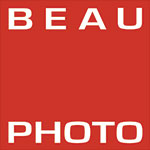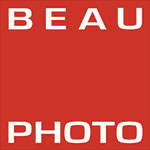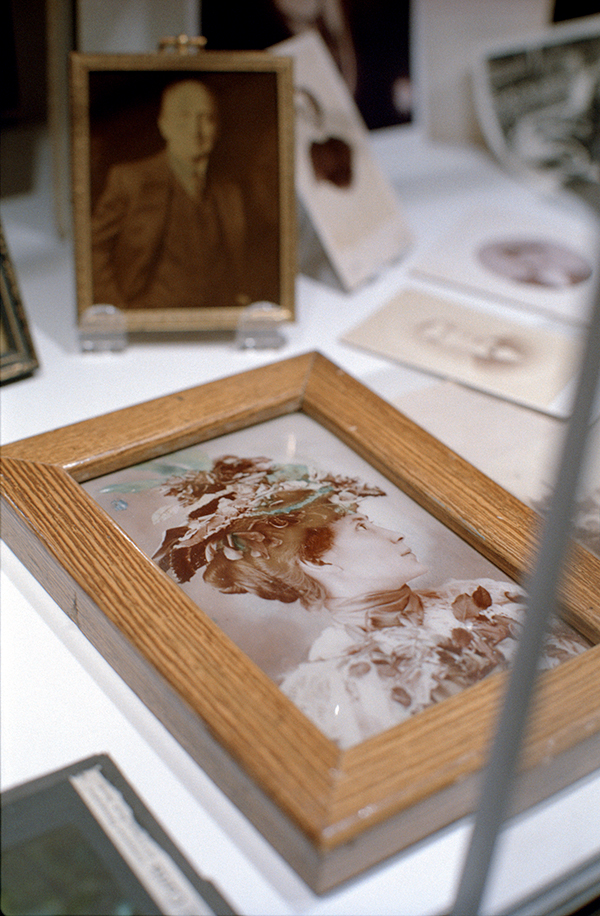1415 Barclay Street
Attributed to famed architect (and once-owner of an ambitious mustache) Francis Rottenbury, and built in 1893, the Roedde House Museum sits on a patch of folklore, a few streets up from the bustling hot pot and glam Robson. Situated in the West End, this late-Victorian home (and current heritage site) once housed the family of Gustav and Matilda Roedde
Source: The Roedde House Museum
Their settlement would coincide with the burgeoning prosperity of the city, and their good timing allowed for the two-story home to be funded with the help of Gustav’s bookbinding business (the first in Vancouver) and built with the help of the upstart Rattenbury as one of his first projects. Although unlisted in city records, it was well known that Gustav and Francis both knew each other, the latter designing the who’s-who of Western Canada’s memorable buildings: the Vancouver Art Gallery, Chateau Lake Louise, and his hometown Victoria’s Empress Hotel, before achieving notoriety beyond his architecture (Google: Rattenbury, young wife, cab driver lover, murder).


I chanced upon the museum’s antique photography exhibition in early July, during Canada’s Historic Places Days, and met photography historian and curator, Peter Richard Lowery. I had been eyeing the family’s upright piano in the parlour room, before Peter introduced himself and his collection of stereographic cards that seemed to have identical images printed on them.
“This was virtual reality back in the day,” I am quoting my memory of our chat, “folks used these cards to go on adventures around the world from their parlour rooms. All they had to do was look through the stereoscope, and change cards.”
Peter explained that here lies the origins of 3D (arguably precursors to today’s headsets), for there was the semi-circle of stereographic images whose rise in popularity rested on stereoscopic photography’s ability to offer its viewer the illusion of depth. Two images are taken from slightly different angles, one for each eye, and when viewed through the binocular lens of the stereoscope, appear to be popping out from the frame. And I was back in time to imagine what the Roeddes did with their evening nights at the parlour – an étude by Chopin, perhaps, exchanging stereoscope cards with images of countries beyond their reach, pyramids of Egypt, columns of Rome, all with the help of a device that reminded me of the trireme, warship of ancient Greece, the stereoscope cards, in this case acting as sails.
Source: The Guardian
And if you’re curious to read more about the history of stereoscopic photographs, check out this blog from the Vancouver Archives.
Peter soon informed me of the origin of thumbnails, or smaller image representations of larger images on our computers, that they derived from thumb-size photographic portraits, printed in the size and shape of a thumb, and following him upstairs, I was exposed to a wide range of old photographic equipment and working methods. I had no clue that a museum of photography exists in the city. So, if you’re an aficionado of the origins of photography, adore all things vintage, or are curious to learn more about how previous generations had hoped to record themselves and with what processes (be it the locket daguerreotypes or hand painted photographs), I urge you to make the trip. And make sure you find your way up to the second floor.
Although I wish I had taken notes as I listened to Peter, I swung a return to the house a second time, this time with a few friends, to photograph the collection.
1st Floor
Past the parlour room, dining room, and the bedroom, the first floor study of Gustav Roedde offers an inkling of the past for film stock aficionados. There are two boxes of Ilford Limited Fp3 120, as well as the classic Kodak M-Q Developer. The top shelf houses an orotone, possibly by Edward S. Curtis (American photographer, ethnologist of the American West). Orotones (after the Spanish word “oro” for gold) are types of photographic prints made by printing positives onto glass slides pre-coated with silver gelatin emulsion, and subsequently coated with gold metallic backing (or gold dust) to give the image its unique, luminous look. This process allows these images to appear in 3D. As they are printed on glass, orotones are particularly delicate and require rugged frames to protect them through the years. Fortunately, for us, one is readily available to see up close and in person.
Source: Curtis Legacy Foundation
2nd Floor
Up the winding staircase, past the gas lamp, Aurora, you will find H.T. Devine’s photographic record of the first city council meeting after the great fire of June 13, 1886, which destroyed most of the nascent incorporated city (two brush fires, add wind sweeping over scores of wooden buildings, and in less than an hour, the current third-most populous city in Canada is scorched to nothingness and ash).
Source: Gastown.org

The city was rebuilt, along with the Roedde house, thirty years later. And our ever-growing city, with its Broadway Subway Project and rise of The Butterfly, is lucky to have a building to tell a tale about Vancouver’s origins, let alone one with such an important collection of photographic history.
Among the towers of sleepy glass rests a home of humble wood, cedar panels, and fir floors. Walk the hallway the old house cooks took, and stop by the wide, glass case to look …
at hand-painted photographs offering an insight into the “the dawn of colour photography” alongside colour photographs by the Lumiere Brothers, inventors of the Autochrome, an early photography process. There’s George Eastman’s “Chronicles of an African Trip,” an account of his hunting voyage on the continent, after he had founded Kodak, booklets about old lenses, reflectors, and even vintage cameras.
The Roedde House Museum is an absolute gem in the city of Vancouver, and I highly recommend you stop by to go back in time and explore the origins of photography.
It is open Wednesday, Thursday, Friday, and Sunday from 11am to 4pm.
For more information you can visit the museum’s website here.
– Boris Riabov

















